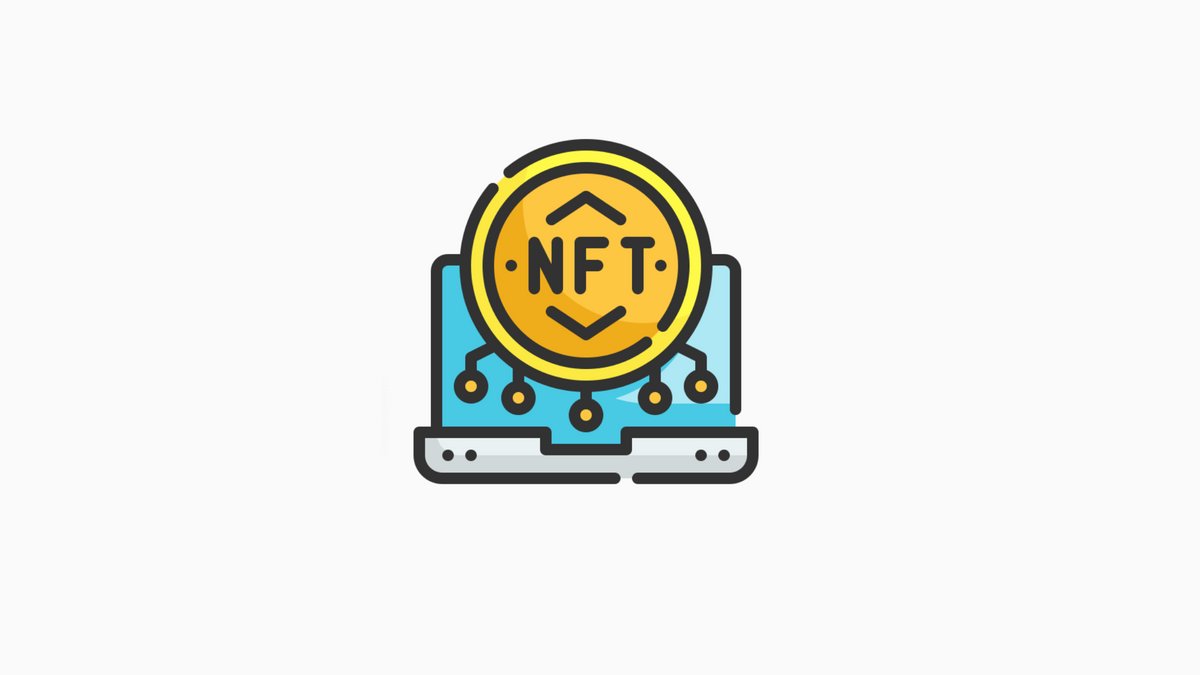An Introduction to NFTs

Non-fungible tokens (NFTs) are digital assets that are not interchangeable. Instead, each NFT is unique and has its properties.
This makes them ideal for representing unique items, such as collectibles or digital artwork.
NFTs are created on blockchain platforms, such as Ethereum and stored in wallets. They can be transferred between users and used to purchase goods and services.
The popularity of NFTs is growing due to their unique properties. For example, they can create digital collectibles, which can then be traded or sold online. This makes them ideal for gaming and other online activities.
How do they work?
A non-fungible token, or NFT, is a unique type of cryptocurrency. Each token is different from every other, and it can be used to represent unique assets. This could be anything from a digital collectible to a house deed.
NFTs are created on blockchain platforms like Ethereum and EOS. These platforms use smart contracts to ensure that each token is unique and has associated properties. NFTs can also be used to represent digital rights, such as copyright ownership or access permissions.
One of the key features of NFTs is that they can be traded on decentralized exchanges. This allows owners to sell or trade their tokens securely and trustless. In addition, NFTs are also being used for gaming applications, where players can earn and trade virtual assets within the game world.
Use cases for non-fungible tokens
What are non-fungible tokens? Simply put, they are tokens that are not interchangeable. Each one is unique, with its specific characteristics and history. They are created on blockchains, most commonly Ethereum, and can be used in various ways.
One common use case for non-fungible tokens is digital collectibles. These can be anything from rare virtual items in video games to artwork or other unique items. Because each one is unique, they can be sold or traded for a higher price than traditional fungible tokens.
Another use case for non-fungible tokens is as digital ownership certificates. For example, you could use them to prove that you own a specific piece of property or a certain amount of cryptocurrency. This could be helpful in cases where traditional ownership verification methods are not possible or reliable.
Why are they valuable?
Non-fungible tokens (NFTs) are a type of cryptocurrency that is unique and cannot be divided into smaller denominations. This makes them more valuable than traditional fungible tokens, such as Bitcoin, because they can represent specific assets or rights.
For example, NFTs could be used to certify the ownership of a digital asset or to track the movement of goods in a supply chain.
This unique feature also makes NFTs well suited for use in blockchain-based applications.
Because the blockchain is a distributed ledger, it can track the ownership and movement of NFTs securely and transparently. This makes it an ideal solution for verifying transactions and preventing fraud.
Final Thought
Non-Fungible tokens can revolutionize the way digital assets are handled and exchanged. Furthermore, their unique properties could make them an ideal solution for various applications, and they could eventually become a standard form of payment on the internet.
With this in mind, it is worth keeping an eye on the development of this technology and considering its potential implications for the future.